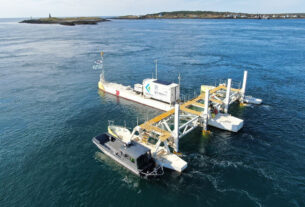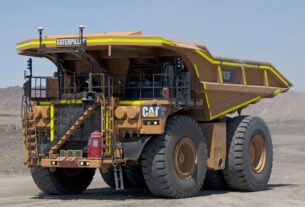The Netherlands – Rotterdam-industrial Moerdijk’s sector is ideally positioned to not only satisfy climate targets, but also to contribute to sustainability beyond the port area and European energy security of supply.
A modern energy infrastructure is an important part of this. New information from the Rotterdam-Moerdijk Cluster Energy Strategy confirms this (CES). The CES was established in 2021 and revised this year in light of new information. The findings demonstrate that the targets for 2030 are feasible, but that urgent action is required to construct the required energy infrastructure. It will take government leadership and corporate support to do this.
New infrastructure
As a whole, the sustainable projects now under development in Rotterdam-Moerdijk will cut CO2 emissions by about 17 Mt by the year 2030. Beyond port areas, there is also considerable opportunity to aid in the cause of lowering CO2 emissions.
According to the latest research, achieving sustainability goals for the cluster alone will require four times as much electricity and twice as much hydrogen as is currently used. Transitioning to circular raw materials and fuels will have a higher impact in the long run, but the implementation of carbon capture and storage (CCS) is essential for meeting short-term climate commitments.
Rotterdam imports over 12 percent of Europe’s annual energy needs, most of which is shipped to other centers of economic activity in the Netherlands and Germany. Rotterdam-Moerdijk has the potential to become a hub for the import and transit of hydrogen and renewable energy if the transition is completed successfully, allowing the area to sustainably protect its strategic position and economic might. This will help the cluster keep its competitive edge while also contributing to the Dutch economy and European climate goals as well as the RePowerEU’s goals of decreasing reliance on energy and raw material imports from Russia in particular.
The CES was drafted by a group consisting of representatives from the Port Authorities of Rotterdam and Moerdijk, the provinces of South Holland and North Brabant, Stedin, and Deltalinqs, an organization representing more than 700 businesses in the port area.




